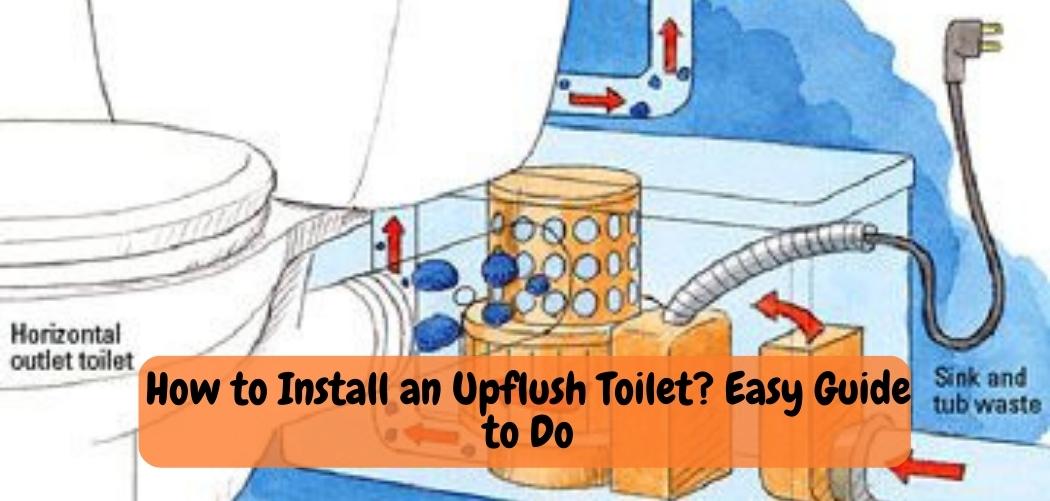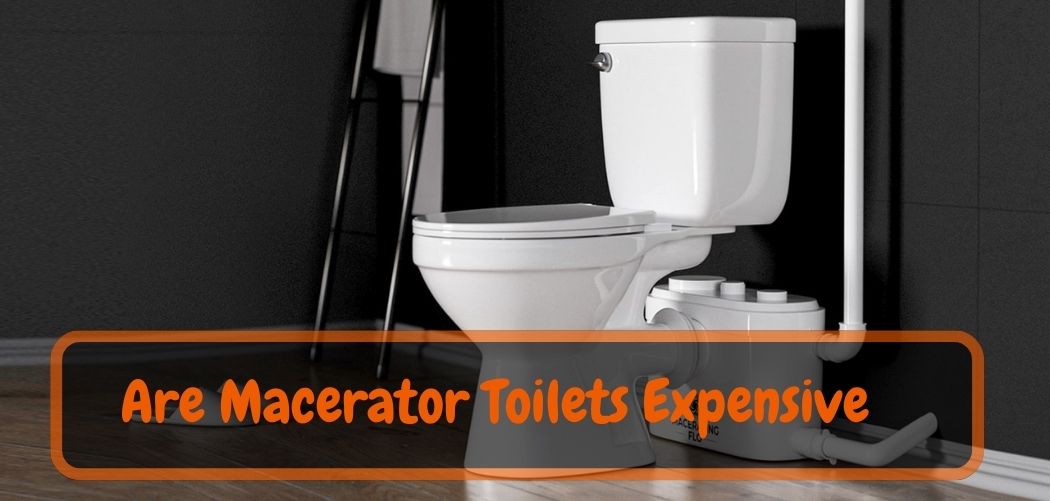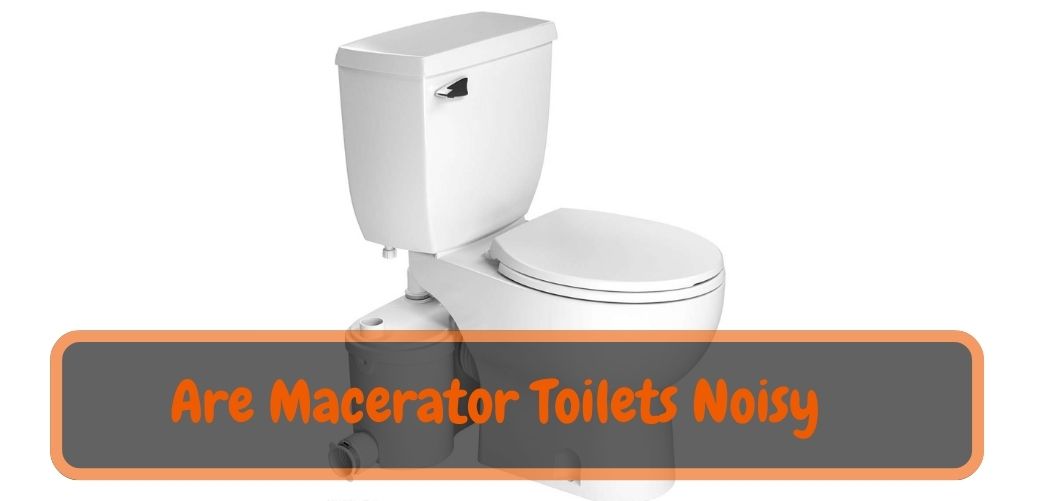How to Install an Upflush Toilet? To install an upflush toilet, you will first need to purchase a kit that includes the pump and tank. Once you have the kit, follow these steps:
1. Disconnect the water supply line from the existing toilet.
2. Remove the old toilet bowl and base.
3.. Install the new upflush bowl and base according to the manufacturer’s instructions.
4. Attach the discharge pipe to the new bowl, and then run it through the floor to the location of the pump tank.
5. Connect the discharge pipe to the inlet of the pump, and then connectthe outlet ofthe pump tothe tank’s overflow valve.
6 Reconnectthe water supply line tothe new toiletbowl.
7. Purchase an upflush toilet kit from a home improvement store or online retailer
8. Follow the instructions included in the kit to assemble the unit
9. Install the upflush toilet in a location where there is access to a sewer line or septic tank
10. Connect the upflush toilet to the sewer line or septic tank using the provided connectors and pipes
11. Turn on the water supply and flush the toilet to test it out
Upflush Toilet And Shower Installation
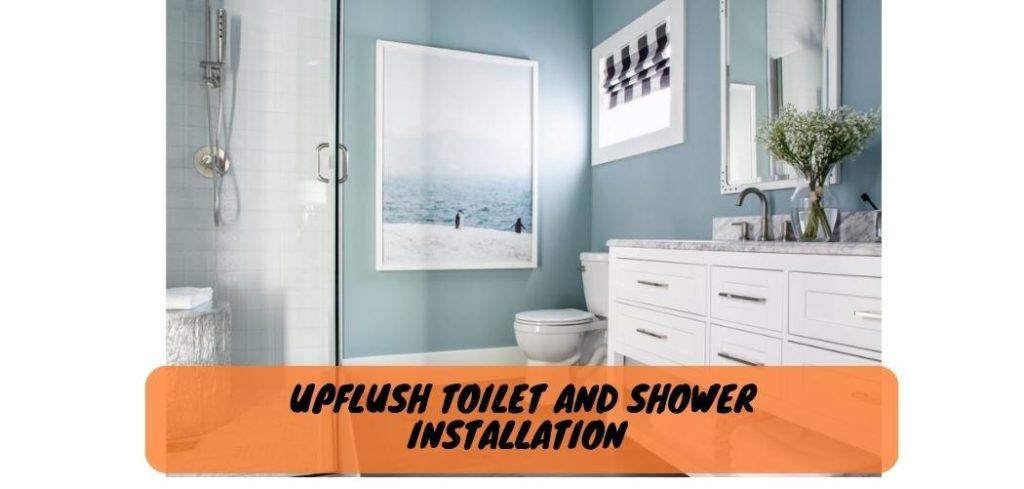
A Upflush toilets are a great option for homeowners who want to add a bathroom to their home without having to go through the hassle and expense of traditional construction. The Upflush toilets work by using gravity and a pump to move sewage and wastewater up and out of the toilet bowl, through a small pipe, and into a holding tank located above the toilet. This system is much less expensive than installing new sewer lines, and it’s also much easier to install.
If you’re thinking about adding an upflush toilet to your home, there are a few things you should keep in mind. First, you’ll need to make sure that your floor is strong enough to support the weight of the holding tank. You should also be aware that upflush toilets require more maintenance than traditional toilets – the pump will need to be regularly cleaned and serviced in order to prevent clogs.
Finally, make sure you have a professional plumber or contractor install your upflush toilet – it’s not a do-it-yourself project!
Upflush Toilet Problems
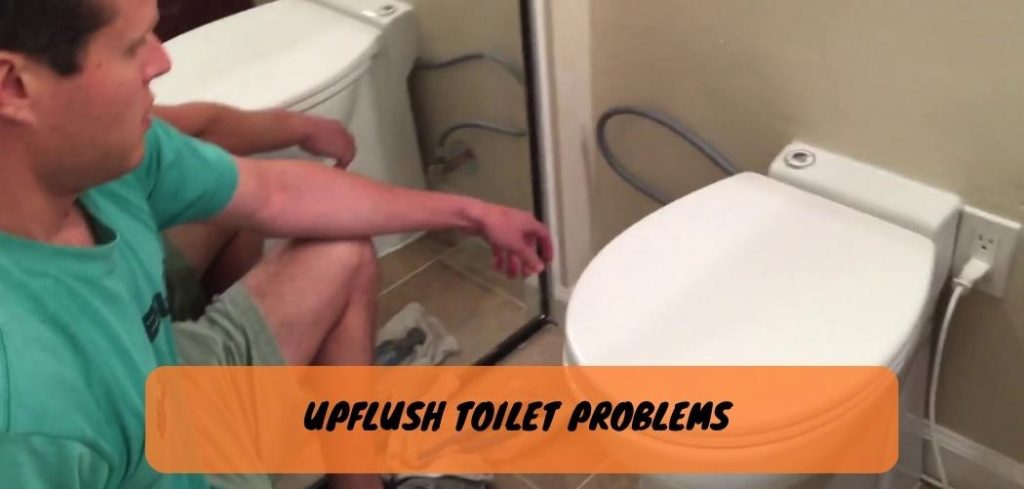
If you have an upflush toilet, you know that they can be a bit of a pain to deal with when they start having problems. The good news is that there are some things that you can do to try and fix the most common issues that people have with these types of toilets. In this blog post, we will go over some of the most common upflush toilet problems and how to fix them.
One of the most common problems with upflush toilets is that they stop flushing properly. If your toilet is not flushing properly, it is likely because there is something blocking the pump or the pipes. The first thing that you should do if your toilet is not flushing properly is to check for any blockages in the pump or pipes.
If there are no blockages, then it may be necessary to replace the pump or pipes. Another common issue with upflush toilets is that they leaks. If your toilet is leaking, it is likely because there is a problem with one of the seals in the system.
The first thing that you should do if your toilet is leaking is to check all of the seals in the system to see if any of them are damaged or need to be replaced. If one of the seals needs to be replaced, then it may be necessary to call a professional plumber to help you with this process. Hopefully, this blog post has given you some helpful information about some of the most common upflush toilet problems and how to fix them.
Remember, if you are having any trouble with your upflush toilet, it is always best to call a professional plumber for assistance.
Upflush System for Basement
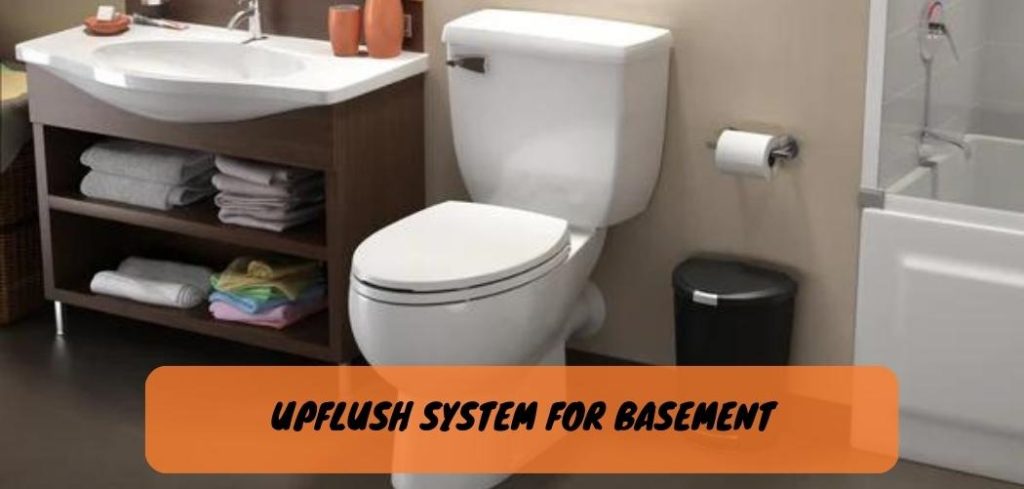
If you have a basement that you would like to use for additional living space, but are concerned about the potential for flooding, an upflush system may be the perfect solution. Upflush systems are designed to pump sewage and water away from your home, preventing basement flooding and keeping your family safe. Upflush systems work by collecting sewage and water in a holding tank.
When the tank reaches a certain level, a pump is activated and the waste is pumped away from your home through underground pipes. This system is highly effective at preventing basement flooding, as it eliminates the possibility of sewage backup. There are many different types of upflush systems available on the market today.
Some are more expensive than others, but all offer an effective way to keep your basement dry and prevent flooding. If you live in an area with a high water table or are concerned about the potential for basement flooding, an upflush system may be the best investment you can make in your home.
Can You Put an Upflush Toilet Anywhere?
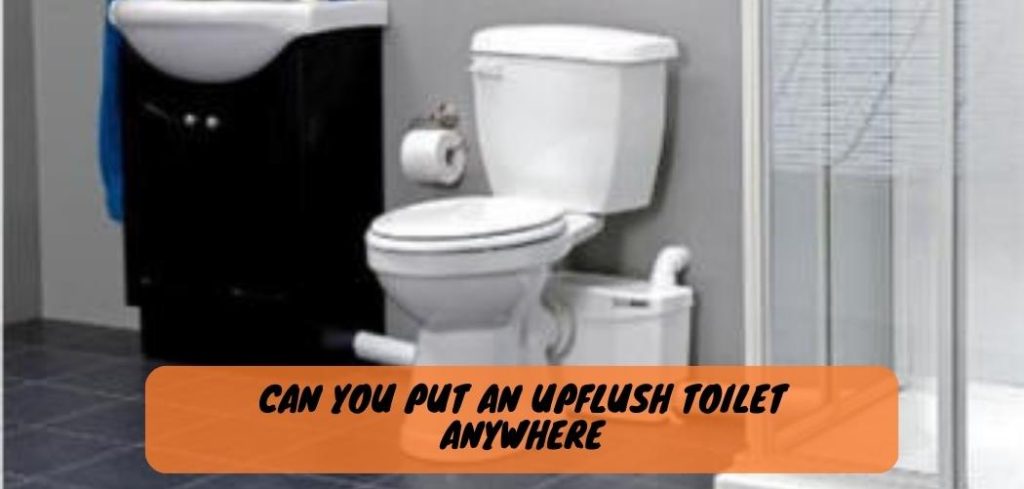
An upflush toilet is a type of sewage system that allows for waste to be flushed away through a small opening in the floor. This type of system is often used in areas where there is no sewer connection or when the soil conditions make it difficult to install a traditional septic system. Upflush toilets can be installed almost anywhere as long as there is a water supply and an electrical outlet nearby.
The most important thing to consider when installing an upflush toilet is making sure that the waste will be able to drain away properly.
Do You Need to Vent an Upflush Toilet?
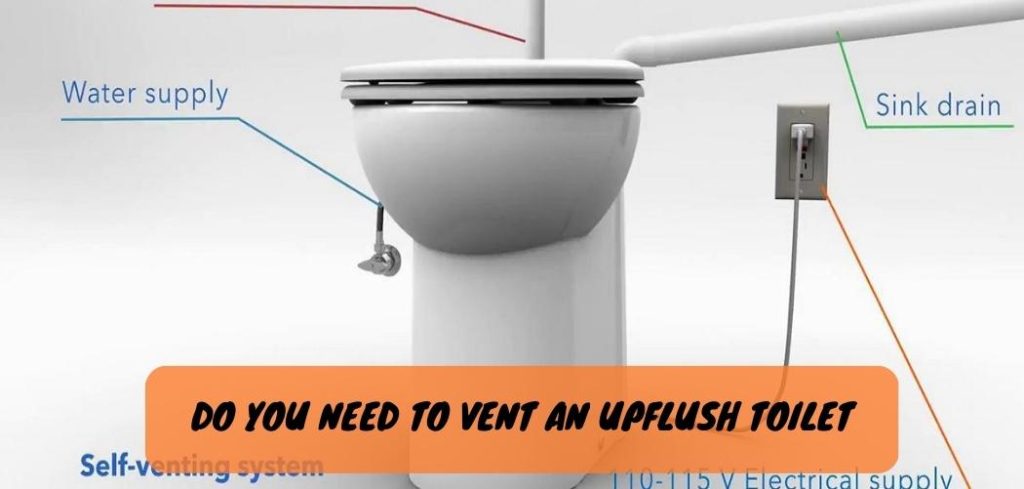
No, you don’t need to vent an upflush toilet. Upflush toilets work by using a small pump to force waste water up through the bowl and into a drain pipe. Because the pump is used to move the water, there is no need for a vent.
How Do You Install an Upflow Toilet in a Basement?
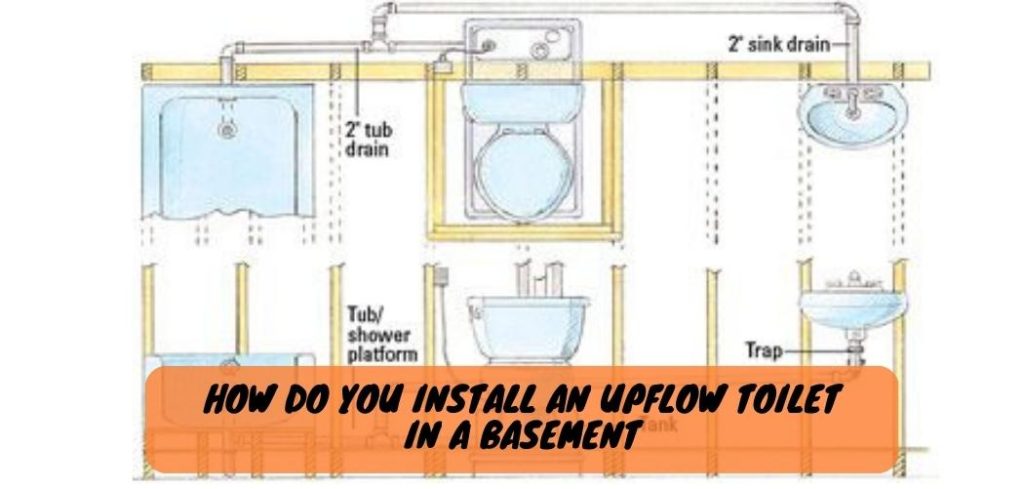
If you’re lucky enough to have a basement, you know that this extra living space can be great for entertaining, working out, or just hanging out. But if your basement doesn’t have a bathroom, you may be wondering how to install an upflow toilet. Here’s a quick guide to help you get started:
1. First, you’ll need to decide where in your basement you want to install the toilet. Keep in mind that the closer it is to your sewer line, the easier it will be to connect.
2. Once you’ve chosen a location, mark the spot on the floor where the center of the flange will go. This is where you’ll start drilling your hole.
3. Using a power drill and a 1/2″ spade bit, drill a hole in the center of your marked spot. Be sure to wear safety goggles while doing this!
4. Next, place the rubber gasket over the hole and insert the metal flange into place. Secure it with screws (make sure they’re tight) and caulk around the edges for extra protection against leaks.
5 .Now it’s time to connect your new upflow toilet to the sewer line. You’ll need a PVC pipe and fittings for this step – consult with a hardware store worker or plumber if you’re unsure about what size or type of pipe to use. Once everything is connected properly, turn on the water supply and flush away!
How Much Does It Cost to Install an Upflow Toilet?
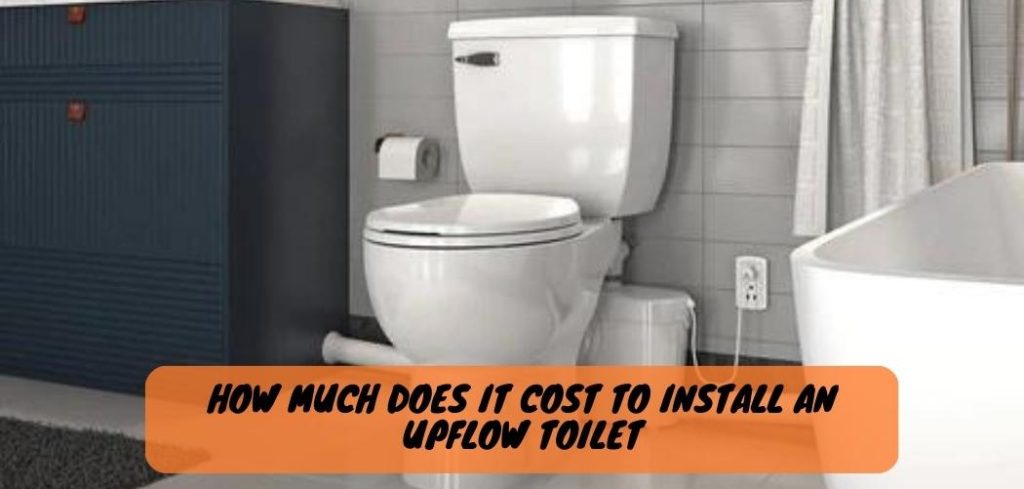
An upflow toilet is a great way to save space in your bathroom. They are also very easy to install and can done so without professional help. The cost of the installation will depend on the model you choose and the plumber you use.
Generally, it should cost between $200 and $500 to have an upflow toilet installed in your home.
How to install an upflush toilet SANIFLO, part of my How to build a basement bathroom series 4 of 4
Conclusion
If you’re tire of your old, inefficient toilet, you may be considering an upflush toilet. Upflush toilets are a great way to improve your bathroom’s efficiency and save water. But before you install one, there are a few things you need to know.
To start, you’ll need to figure out where the new toilet will go. It’s important to choose a location that is easily accessible so that you can get to it when you need to clean it. Once you’ve found the perfect spot, mark the center of the flange with a pencil so that you know where to drill your hole.
Next, use a drill bit to make a hole in the center of the flange. Be sure not to make the hole too big; otherwise, your upflush toilet won’t work properly. After drilling the hole, insert the riser into it and screw it in place with Washer-Head screws.
Now it’s time to install the tank onto the bowl. First, attach the bolts that come with your kit onto the underside of the tank using washers and nuts. Then set the tank on top of the bowl and line up the bolt holes with those on the bowl.
Screw in all four bolts until they’re tight against boththe tank and bowl using a wrench or socket set so that everything is secure.. Congrats – your new upflush toilet is install!


